In Baldur’s Gate 3, Multiclassing has the potential to uplift the skillset and playstyle of your party members. However, taking the wrong approach and making poor selections while building a Multiclass character can greatly hinder your effectiveness at higher levels as a result – especially due to missing out on a Feat or two. For this reason, knowing the best formulas is essential to finding success in your playthrough, so we’ve rounded up 5 of the best must-try Multiclass builds in BG3.
College of Swords Bard ( 8) + Thief Rogue (4)
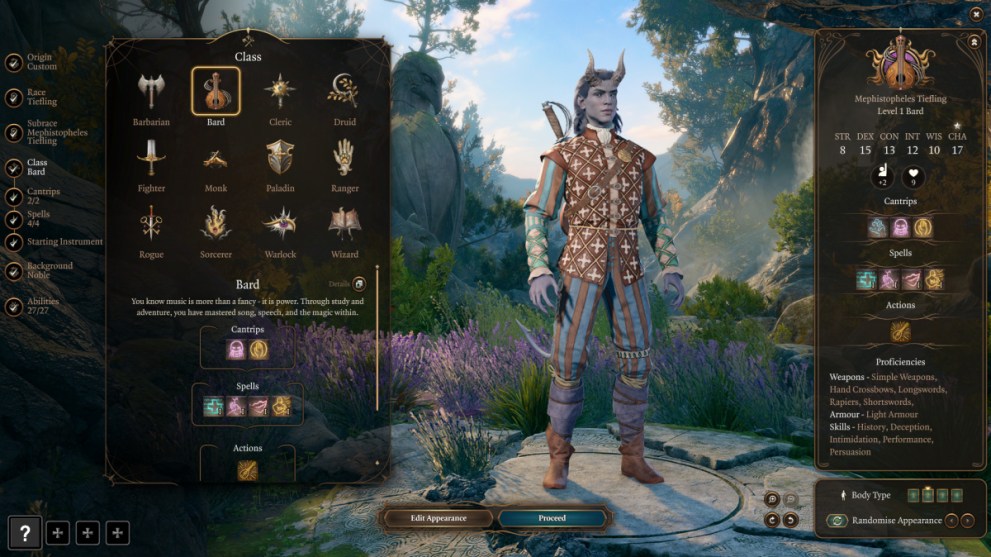
If you’re looking to be a Stealthy menace, then a Bard + Rogue Multiclas may be a build that offers you a lot of enjoyment. Bards and Rogues have a handy overlap in their strength for DEX, so these Classes go quite nicely together. Plus, this particular mix can use Sneak Attacks and trigger multiple bonus actions in battle, as well as control conversations and influence others through Performance, Persuasion, and Deception.
Starting with 8 levels in Bard, you will be able to benefit from all the goodness the Class has to offer by utilizing Spells and melee Finesse Weapons as well as Bardic Inspiration refreshes on a Short Rest.
Upon hitting Level 3, you will need to make your Bard Subclass selection. For this build, College of Swords is the best choice, as it doubles down on melee Weapon skills and even allows you to pick up some handy Flourish Actions along the way.
You will be able to select two Feats during your leveling in Bard; at Level 4, and again at Level 8. These Feats can be used to set up some nice synergy for the incoming Rogue levels you plan to add by enabling you to take both Dual Weilder and Medium Armor Master.
This will enable you to boost your AC through Medium Armor, as well as boost your AC another +1 when you are wielding a melee Weapon in each hand. Dual Wielder also enables you to wield two Rapiers, which will deal 1d8 damage in comparison to the lower dice rolls for other melee Weapons.
While many Medium Armors are an issue due to imposing Disadvantage on Stealth, there are a handful of Medium Armors that are 15+AC and don’t impose this disadvantage such as Yuan-Ti Scale Mail or Armor of Agility. They can be picked up during Acts 2 and 3 of the game.
Now you can take your remaining 4 levels in Rogue, which will grant you Expertise in Skills of your choice plus Sneak Attack. This is great for further improving your already solid DEX or CHA Skills and can be cleverly used to further uplift your strengths in these areas.
Upon hitting Level 3 in your Rogue Class, you will need to select a Subclass. Select Thief as your choice. This grants you resistance to Fall damage and enables you to take a second Bonus Action on each turn of combat.
You will now be able to use your action for your Main Hand Sneak Attack, Bonus Action Offhand Attack, and then disengage back away to safety with your Cunning Bonus Action, enabling you to swoop in and pick off targets with ease.
In your last level of Rogue, you will be able to select one last Feat for your build. While anything that you think will enhance your playstyle with this build can technically work here, I would recommend simply sticking to Ability Increase and ironing out those remaining points with your DEX, CHA, and CON (in that order) as close to 20 as possible.
Half-Orc Champion Fighter (3) + Berserker Barbarian (9)
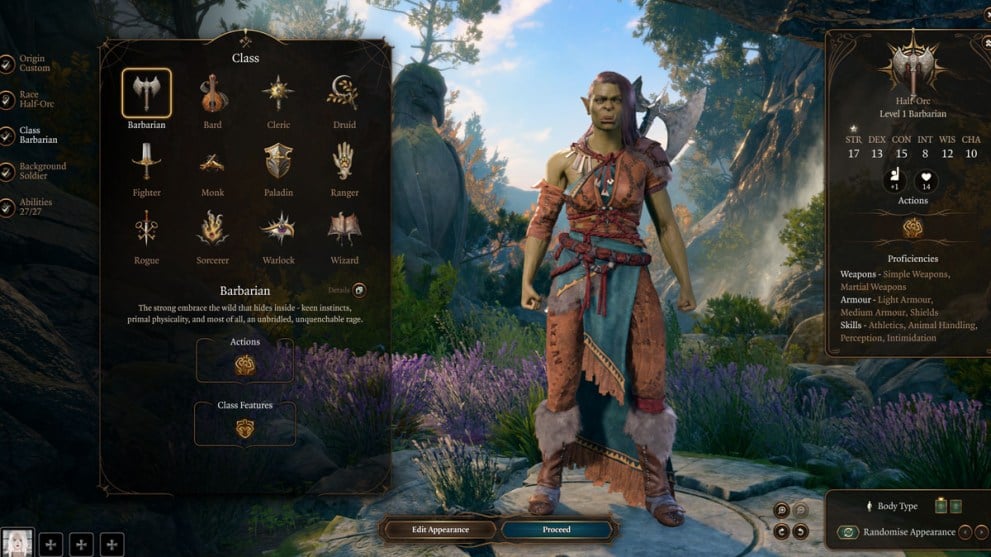
This build focuses on dealing huge blows of damage from melee range and fishing for Critical Hits in combat, and gains a bonus so long as you choose a specific race.
When a Half-Orc delivers a Critical Hit, they get an extra damage die for their Attack. Likewise, when a 9th Level Barbarian delivers a Crit, they also get an extra damage die for their Attack. Champion Fighters, meanwhile, enable themselves to Crit on a lower number; they can Crit on a Natural 20, or a 19. Barbarians can also grant themselves Advantage on their Attacks due to Reckless, which really increases your chances.
Throwing all of these qualities together is a recipe for steady damage output and an increased rate of Critical Hit Attacks.
To begin, create your Half-Orc character in the Barbarian Class to start. As you progress the game, raise this Class to Level 3 and select Berserker as your Subclass. You will now have Reckless Attack and a Bonus Action from Frenzy, which is a solid basis for your build. Make sure to utilize a Two-Handed Weapon, such as a Greatsword or Battleaxe for this build, as they do the highest amount of damage on a Critical Hit.
Once you’ve taken those initial 3 levels in Barbarian, it’s time to switch over to Fighter for the next 3 levels and select Champion as your Subclass with Defense as your Fighting Style. At level 6, you will have all of the third-level Barbarian benefits plus the Fighter’s Action Surge, Second Wind, Proficiency with all Weapons, and a +1 Bonus to your AC.
Now that you’ve established your Fighter levels, you’ll need to take the remaining 6 levels in Barbarian.
At fourth level, you’ll need to select a Feat to enhance your build. Choose Sentinel. This will enable you to expend your Reaction once per turn when an enemy within melee range attacks one of your allies to make a melee Attack against them. As this build is all about getting in as many hits as possible and trying to strike Crits, Sentinel is a huge asset that can let you get extra damage outside of your turn.
Once you’ve reached 8th level Barbarian, you’ll have an extra Attack per Action which can be brutal when paired with Action Surge due to your increased Crit rate. You’ll also need to select another Feat at this level, so I recommend taking Ability Increase and bolstering your Strength and Constitution to get them as close to the maximum of 20 as possible.
Gloom Stalker Ranger (6) + Assassin Rogue (4) + Fighter (2)
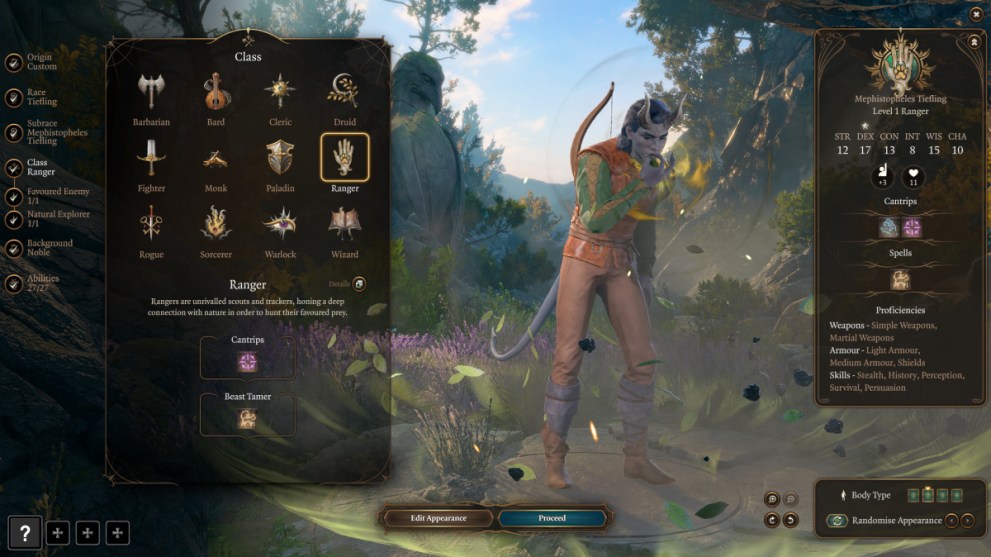
This build focuses on using the benefits of Stealth to open combat with devastating attacks thanks to the bonus from Sneak Attack and the Assasin’s ability to automatically Critical Hit surprised enemies. With the strengths in Dexterity from both the Gloom Stalker Ranger and Rogue, you’ll find it easier than ever to hide in the shadows and ambush opponents to trigger these Surprise Rounds. Fighter, meanwhile, gives you more utility through Action Surge and Second Wind, rounding the build out nicely.
To begin, create your character and take your first 3 levels in Ranger. At Level 2, select Archery as your Fighting Style. This will give a plus +2 to Ranged Weapon Attacks, which helps when triggering ambushes — and later, Ranged Sneak attack — while hidden from afar.
At Level 3, select Gloomstalker as your Subclass. This will give you +3 Initiative, as well as +3m Movement Speed, and an additional +1d8 to your Attack during your first turn of combat. On top of this, you will also gain Disguise Self, Superior Darkvision, Dread Ambusher: Hide, and Umbral Shroud, which can grant you Invisibility if you are obscured. This is a powerful third-level kit for your character, and will further be enhanced by the Rogue levels you will soon take.
Now that you’ve gained 3 levels in Ranger, it’s time to make a switch to Rogue for your next 4 levels.
On your first level, use the Rogue’s Expertise to buff your Dexterity Skills (definitely buff Stealth, and then choose between Sleight of Hand, or Acrobatics) – as DEX is the most crucial stat to this build and doing so will enable you to remain hidden and secure those moments of ambush.
At Level 3, select Assassin as your Subclass. At this point, any Attack against a Surprised enemy is an automatic Crit and any attack against an enemy that has not been attacked yet in combat grants you automatic Advantage. This is a huge asset, enabling you to pick off targets with ease thanks to your high Initiative which often enables you to move first in battle.
At Level 4, you will be able to pick a Feat, so go ahead and select Alert as your choice. This is a huge asset to your build, giving you a +5 to Initiative (making it +8 in total), and preventing you from becoming Surprised and suffering the same fate as your victims. This means that you will almost always be first to take your turn in combat, which is a must for the nature of this build.
You will now be at Level 7. From here, you’ll need to dip into a third Class, so go ahead and take your next 2 levels in Fighter.
This grants you Second Wind and Action Surge, which are arguably two of the most beneficial Actions to have included in any build. You can utilize Second Wind to heal yourself in a pinch, and Action Surge to take another attack in the same round — which is huge when utilized during Turn 1 when your Surprised auto-Crit and auto-Advantage mechanics are in play.
Lastly, you can dip back into Ranger for your last two levels. This will let you gain an extra Attack Per action, meaning you can stealthily assassinate two targets with your bow or slash twice with your dagger on a Sneak Attack. You can then follow up with your Offhand Attack or other bonus action to conclude. You’ll also gain Misty Step as a helpful backup Bonus Action, as well as Favored Enemy and Natural Explorer Environment which you can pick from as you wish to fine-tune your style of play.
Paladin (6) + Sorcerer (6)
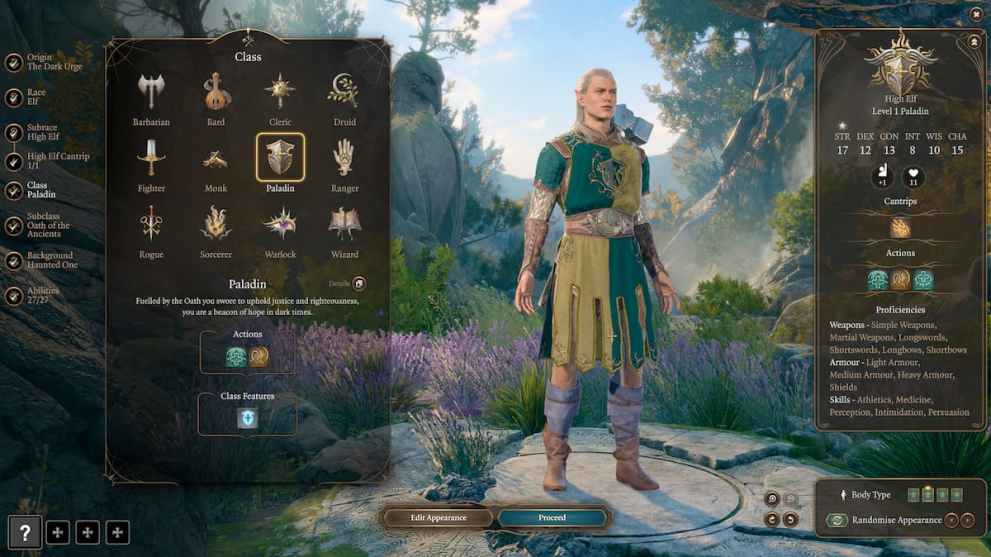
Paladins are a melee Class that can utilize a small selection of Spells, enabling them to take on a support role to provide buffs to themselves and their party members, debuffs to the enemy, and even the occasional heal when in a pinch. Adding Sorcerer into the mix gets you more Spell Slots and deliver more devastating Smite Attacks as well as Quicken Hold Person for automatic Smite Critical Hits, so this build is a great way to utilize a strong melee Magic-user for your playthrough.
When creating this build, you’ll need to create your character in the starting Class of Paladin and focus on leveling this Class until you reach Level 6.
At Level 3, select Oath of Vengence as your Subclass. This Subclass is more damage-oriented than the other options in exchange for healing capability. Since this build is focused on utilizing your Smites and buffs in melee range though, you won’t be operating as a main healer anyway. Instead, you can just use your available healing Spells to chip in when needed.
This will ensure you have Proficiency with Heavy Armor (which you should equip to boost your AC, as you’ll be heavily involved near many enemies) and all Weapons.
At level 5, you will gain an additional Attack per action, which makes you much more effective in battle — especially when utilizing your Smites.
At Level 6, you will also gain Aura of Protection, which can be used to buff the Saving Throws of your character and all nearby allies.
Now that you’ve taken your 6 levels in Paladin, you’ll need to take the remaining 6 levels in Sorcerer.
For your Sorcerer Subclass, select Draconic Bloodline. This will give you an all-rounder type build for your Sorcerer half that makes the most of everything the Class has to offer without over-complicating things too much. The Element of Draconic Bloodline that you select is up to your preference, but if you’re stuck deciding, a good option is White Draconic Bloodline as this will grant you the handy Armor of Agathys Spell.
When selecting your Spells, make sure you select Hold Person, as you can get huge benefits from the auto-crit mechanic with the use of your Smite Attacks.
You will now have a collection of very solid Spell slots, including multiple at Level 3. This is more than enough to enable your character to efficiently operate in the melee range and set up plays with Smite or various other buffs and debuffs. From here, you can further improve your defensive capabilities by opting to utilize a One-Handed Weapon and equip a Shield, which will further boost your AC by +2. Alternatively, you can also focus on a heavier damage output by discarding the Shield and opting to use a Two-Handed Weapon, as these Weapons utilize higher damage dice.
Way of the Open Hand Monk (8) + Thief Rogue (4)
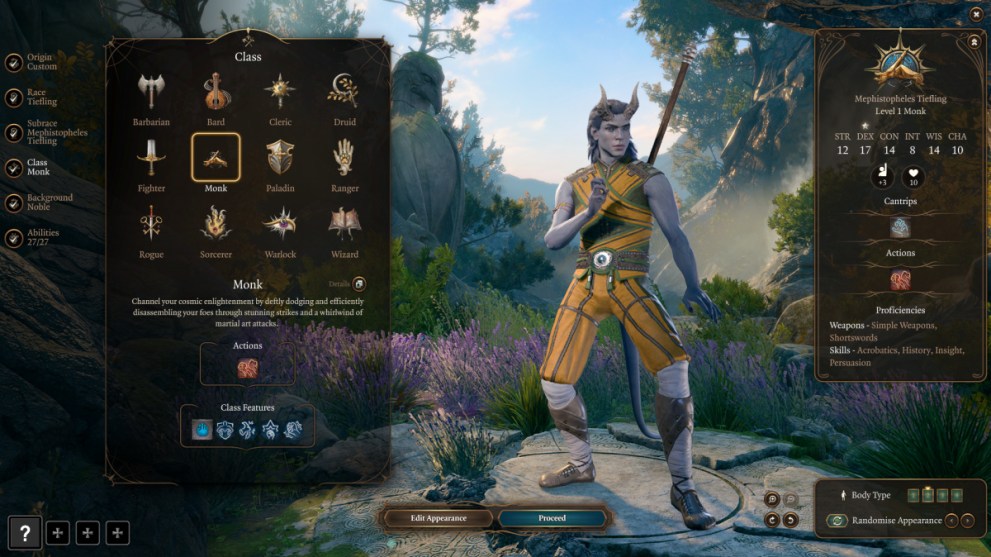
This build optimizes skills from both the Rogue and Monk, and utilizes their shared strengths in Dexterity to create a strong utility character for your party. This build is perfect for creating a character capable of Lockpicking, Pickpocketing, and Stealthing, as well as a backup fighter who can dart in and out of combat to assist your frontline in melee range. The Monk has a lot of beneficial Bonus Actions, and the Thief’s ability to use 2 Bonus Actions per turn makes them that much more effective.
To start, you’ll need to create your character and take your first six levels in Monk.
At Level 3, select Way of the Open Hand as your Subclass. This is the best subclass choice for this build, as there are plenty of ways to buff your Unarmed Strikes and deal solid damage. On top of this, you can use Flurry of Blows to possibly inflict Prone or Push, which are both game-changing when it comes to close fights. Lastly, you can restore your Ki Points and HP through the Wholeness of Body Class Feature, which is very reliable for iffy situations.
At Level 4, you will need to choose a Feat. Select Mobile as your choice. This Feat makes anyone you target with a melee Attack restricted to taking Reactions until their next turn, even if you miss. This means that you can effectively Dash into the frontline, deal some damage, and scurry away unharmed back to safety. This is very handy, as Monk and Rogue are both on the more delicate side and can otherwise get pummeled by tank-ier enemies if they remain in melee range.
At Level 5, you will finally start to gain access to some of the Monk’s key features such as Stunning Strike, which can be used to cleverly stun opponents and set your party up for successful rounds in combat.
Now you’ll need to take your next four levels in Rogue. This will greatly benefit the Skills and playstyle you’ve just set up with your Monk levels, and add the benefit of Sneak Attack to your kit. Be sure to continue focusing on these strengths as you progress, and prioritize DEX in particular.
When selecting your Rogue Expertise Skills at Level 1, select Sleight of Hand and Stealth, as these are the Skills that influence Lockpicking, Theft, and Sneak Attack through the Hide Action.
At Level 3, select Thief for your Subclass. This grants you an extra Bonus Action per turn of combat, which is undoubtedly one of the strongest benefits of the Rogue. You can use this in many ways, such as Bonus Action Cunning Dash into the frontline, Sneak Attacks, Bonus Action Offhand Attacks, only to scurry away again with the rest of your movement thanks to the effects of your Mobile Feat.
At Level 4, you’ll now need to select another Feat. Choose Ability Incease, and add +2 to your Dexterity to get it as close as possible to the max of 20. DEX is hugely important for this build, as it not only enables your role as the stealth master of the group but is also responsible for the damage modifiers on all Unarmed Strikes (Monk) or Finesse Weapon Attacks (Rogue).
Increasing this is a must at this point in the game, as failing to do so can leave your character’s damage output rather lackluster, which hinders the effectiveness of this build significantly.
Now it’s time to dip back into Monk for your final two levels, which will round out your build. This will gain you some additional Monk Features such as Evasion, which lets you dodge certain Spells; Stillness of Mind, which enables you to automatically remove Charmed or Frightened from yourself; and one last Feat.
At Level 8, it’s time to decide this final Feat for your build. Again, you should select Ability Increase and boost your Dexterity, Wisdom, or Constitution stats (in that order of priority) to be as close as possible to the maximum of 20.
You will now have a very well-rounded backup fighter and utility character that is quite flexible in a lot of scenarios. With the combination of Monk’s Ki Point attacks and the Thief Rogue’s Sneak Attack and Bonus Action, you can run a lot of different battle strategies with your party and have a lot of fun while doing so.
That’s everything you need to know about the best must-try Multiclass builds for Baldur’s Gate 3. Now that you’ve got some ideas on what to run for your playthrough, why not check out our complete guide for the Investigate the Ruins Quest? This Quest is a quick and efficient way to grant you access to the NPC Withers, who can allow you to re-class your character at any point if you change your mind, as well as revive dead allies – some useful options that you’ll want to acquire ASAP.

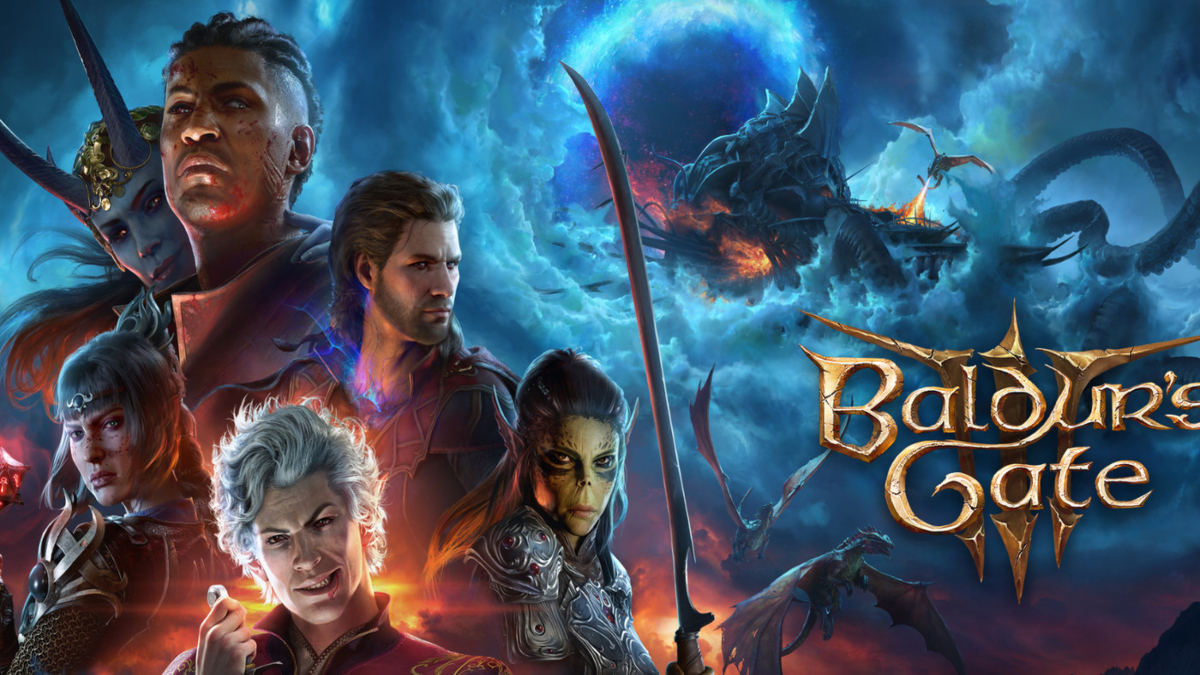
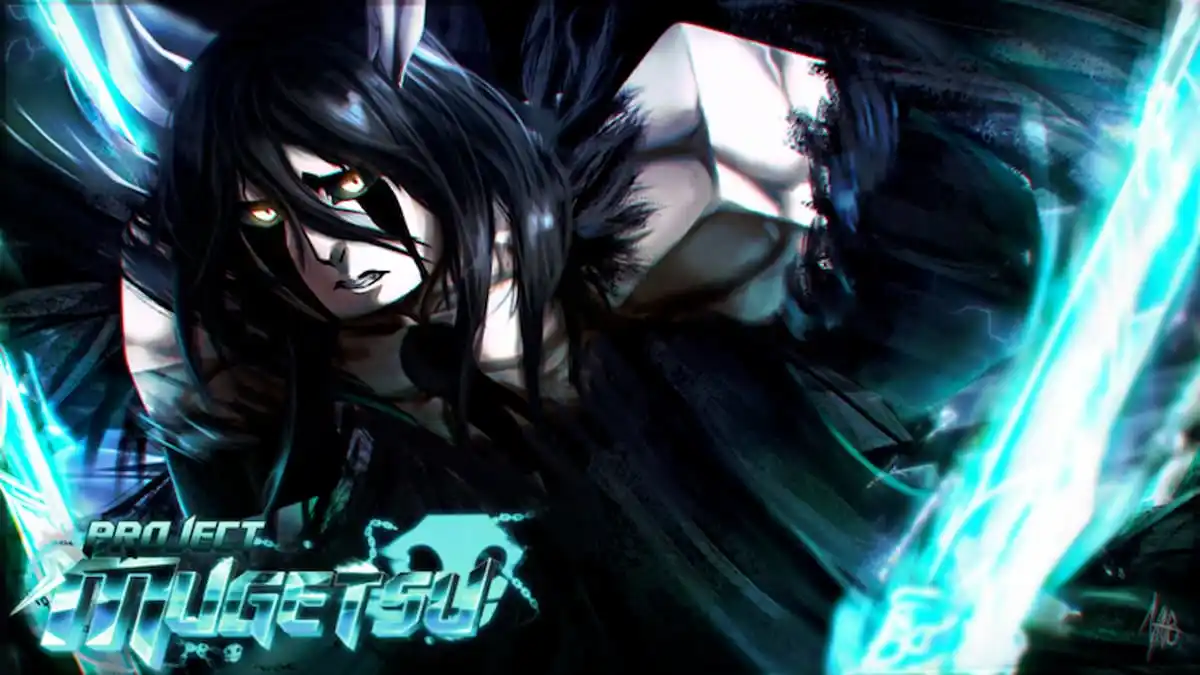








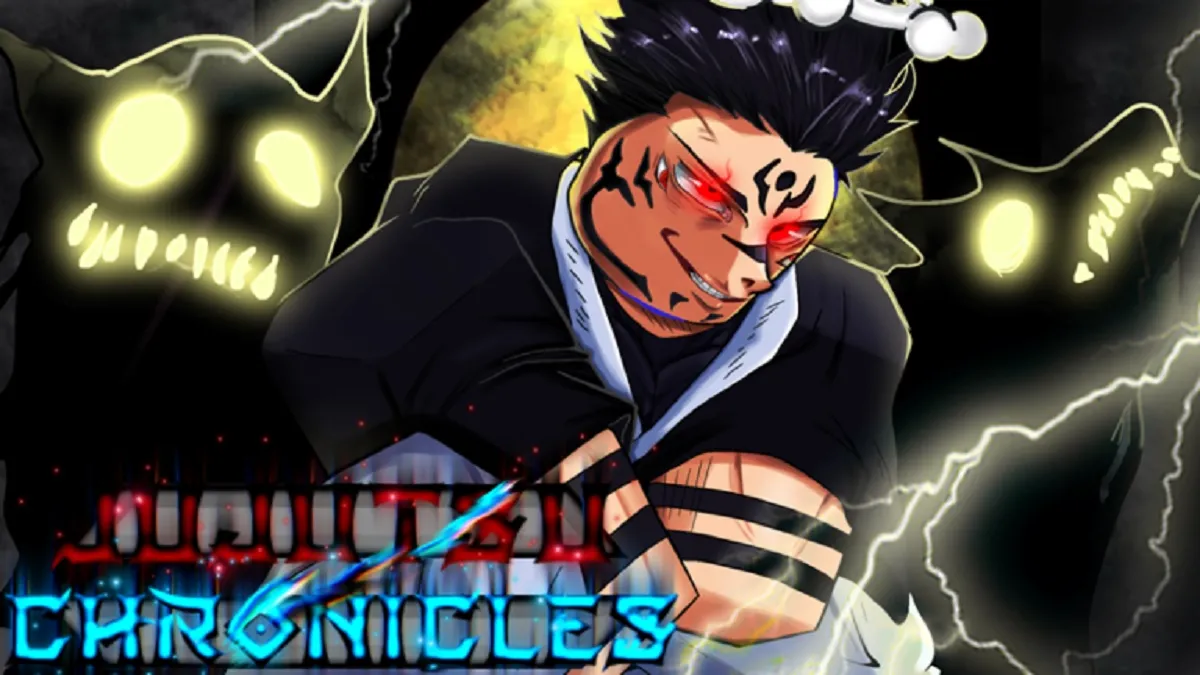

Updated: Sep 6, 2023 12:23 am